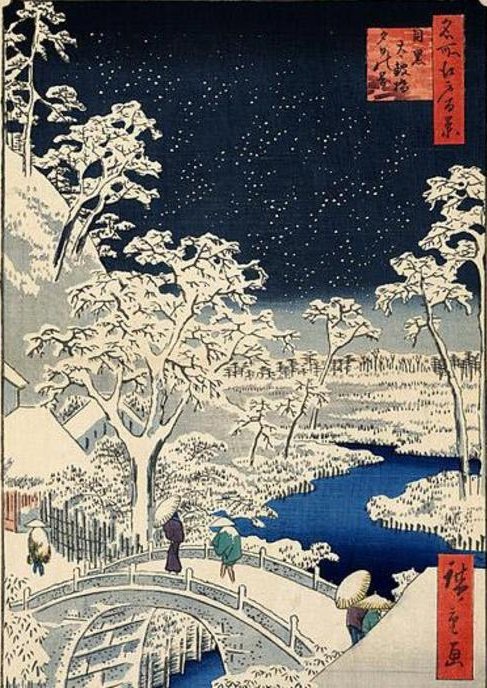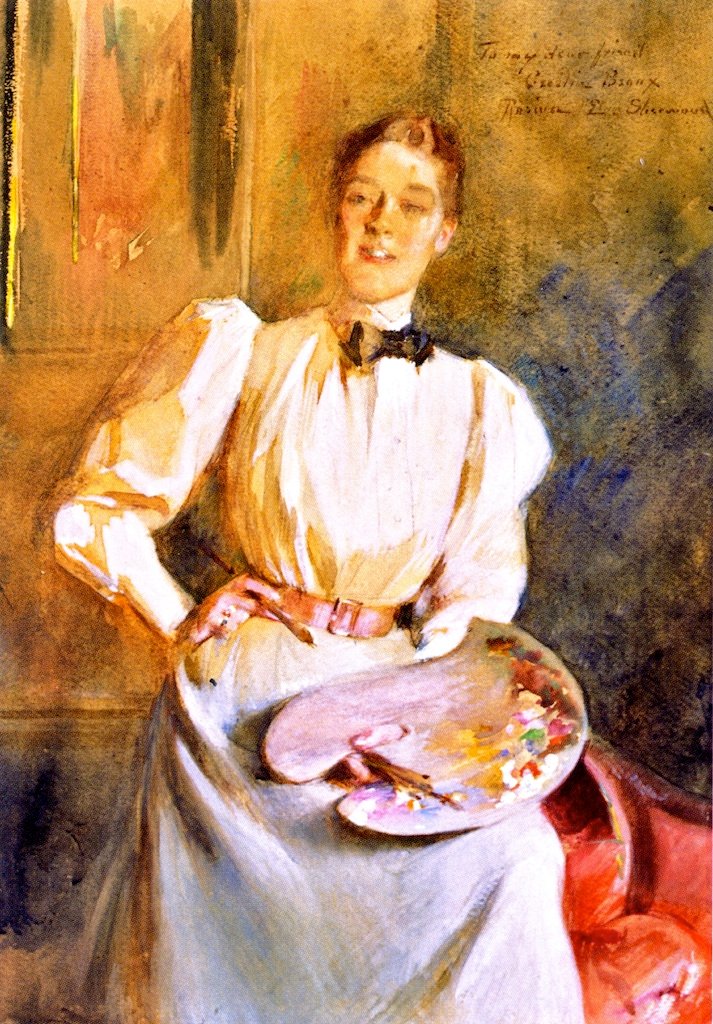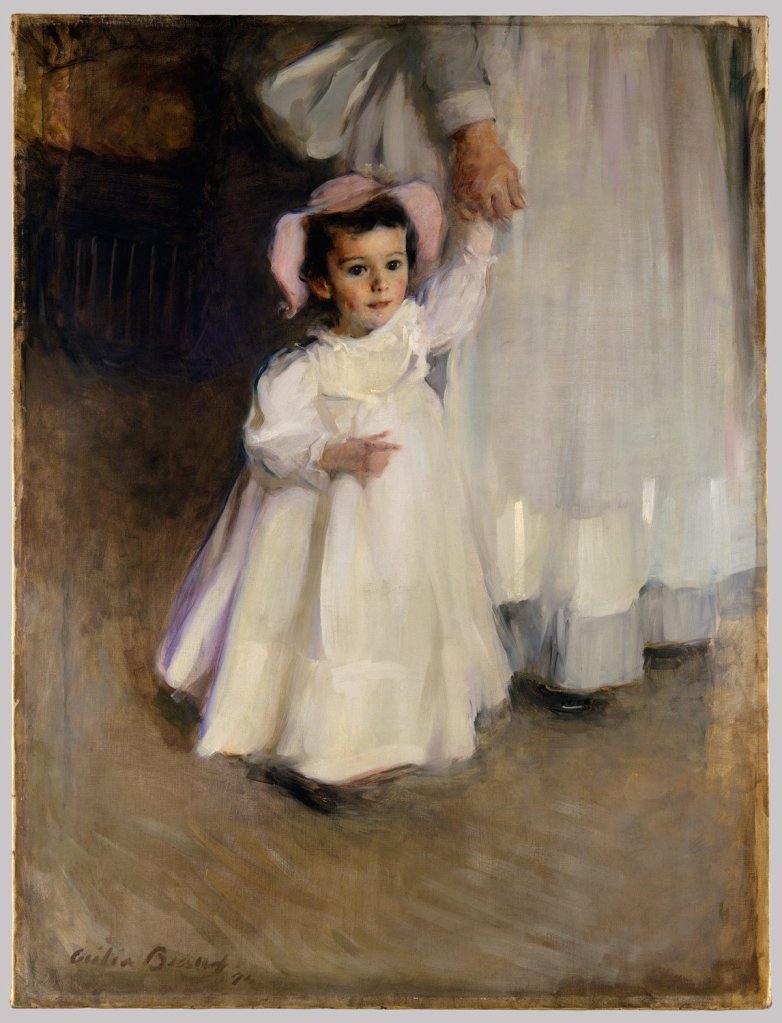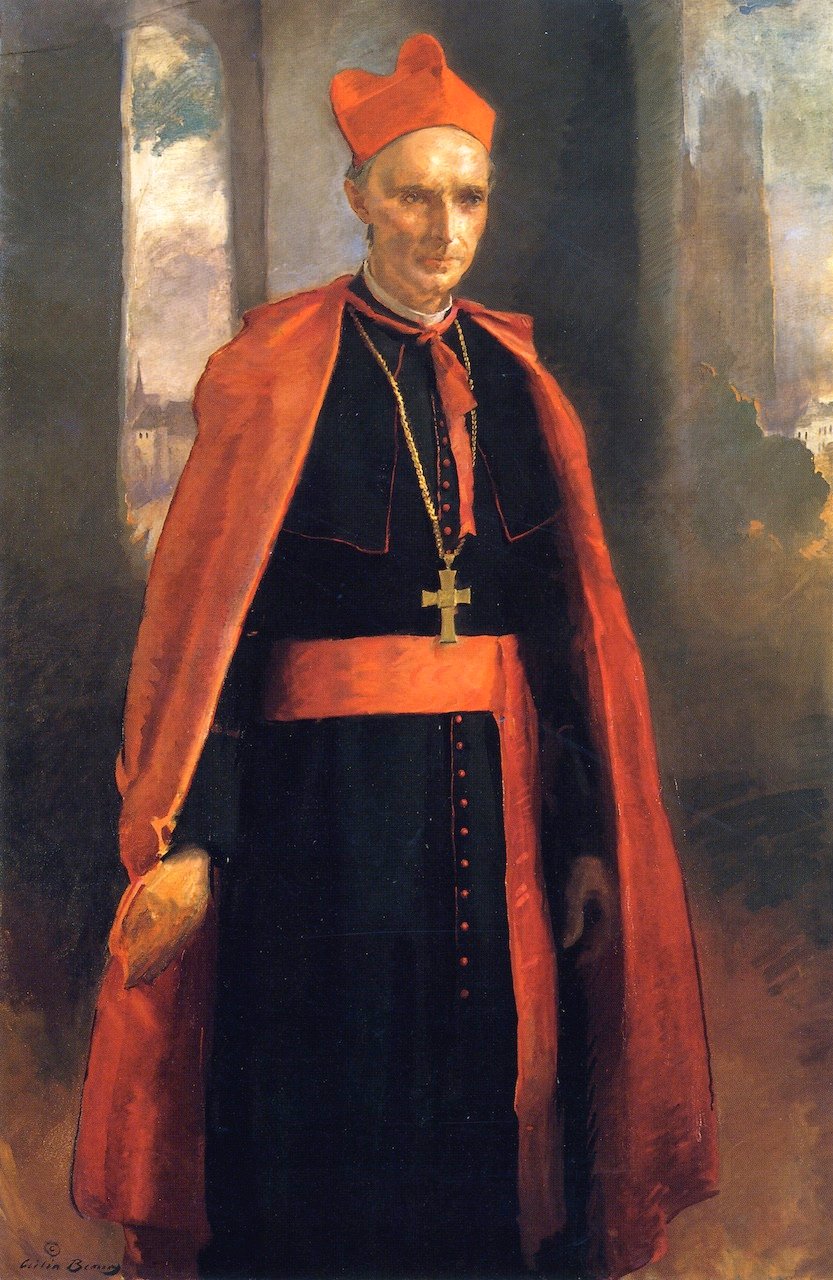 I will start my first blog of 2018 with a question, a puzzle for you to solve.
I will start my first blog of 2018 with a question, a puzzle for you to solve.
What is the connection between an anonymous group of feminist, female artists dressed up as gorillas, the twentieth century American author, journalist, and philanthropist, Jane Fortunea and the sixteenth century nun and talented artist, Suor Plautilla Nelli ?

The Guerrilla Girls, a play on the word, gorilla, are an anonymous group of feminist activist artists who are dedicated to fighting sexism and racism in the art world. They want to bring to the attention of the public the domination of white males in the art establishment. They only appear in public wearing gorilla masks. It’s important for them to remain anonymous as most of them are practising artists and their use of pseudonyms, instead of using their own names, is so that people focus on what they stand for and not concentrate on their true identity. The group members adopt the names of dead female artists, including Frida Kahlo, Zubeida Agha, Diane Arbus, Georgia O’Keeffe and Rosalba Carriera.

The Guerilla Girls was formed in New York in 1985, the year after the MOMA, the Museum of Modern Art in New York City held a large exhibition entitled An International Survey of Painting and Sculpture. This international exhibition of contemporary painting and sculpture inaugurated the newly-renovated and expanded Museum of Modern Art and intended to demonstrate the museum’s commitment to the work of living artists. This exhibition had been organized by the curator Kynaston McShine, and, according to him, it presented the most important 169 artists in the world at that time. One prerequisite for selection in the survey was that an artist’s reputation had to have been established after 1975. However, only 13 of them were women, and as for the ‘international’ part of the exhibition title, there wasn’t a single artist of colour due to have their work exhibited. According to the curator the exhibition presented a survey of contemporary art, but largely left female artists out of consideration. To make things worse, Kynaston McShine was quoted as saying:
“…Any artist who wasn’t in the show should rethink his career…”
This disparity and the fact nobody seemed to care, became the impetus for the formation of the Guerilla Girls.

The second part of my puzzle was the name Jane Fortune. Jane was born in Indianapolis in 1942. She is a journalist, acting as cultural editor of The Florentine, an English-language newspaper in Tuscany in which she contributed many articles regarding the art and culture of the Tuscan city.
 Of equal importance Jane was Founder and Chair of the Advancing Women Artists Foundation (AWA) which is an organisation committed to safeguarding art by women and rediscovering a vital part of Florence’s forgotten cultural and creative heritage. She is a tireless advocate for art preservation.
Of equal importance Jane was Founder and Chair of the Advancing Women Artists Foundation (AWA) which is an organisation committed to safeguarding art by women and rediscovering a vital part of Florence’s forgotten cultural and creative heritage. She is a tireless advocate for art preservation.

Jane is also an author of several books, having written about art and the city of Florence, including her very popular 2007 guidebook reflecting on Florentine culture, To Florence, Con Amore: 77 Ways to Love the City. In later books she championed art by female Florentine artists, such as her 2009 book, Invisible Women: Forgotten Artists of Florence, in which she talks about how the many paintings by Florentine women of the past lie languishing and deteriorating in basement storerooms of galleries.

On a more proactive note, in 2012, she and Linda Falcone, a California-born university professor and member of the Advancing Women Artists Foundation, wrote a guidebook entitled Art by Women in Florence: A Guide through Five Hundred Years, which described where to view artworks by women artists in the public collections of Florence. From this book followed a five-part television documentary, which described the six-year project to research, restore, and exhibit works of art by women in Florence’s museums and storage covering the restoration of works by three artists: Plautilla Nelli, Artemisia Gentileschi, and Irene Parenti Duclos. On June 1, 2013, the documentary won an Emmy Award as Best Documentary in the Cultural/Historical Program category.
Of the award Jane said:
“…Winning the Emmy is a new boost to my project, which aims to restore and exhibit artworks by women in Florence. To achieve these goals, it takes technology and skill. It takes the commitment of the city’s museum directors, its restorers and its citizens in general, who are eager to finally learn more about these lesser-known works…”

by Jane Fortune
In Florence, she is also on the Board of Trustees of the Medici Archive Project (MAP), one of the world’s leading Digital Humanities research organizations for research on history, art, and material culture in the period of the Renaissance through the Enlightenment. Under the auspices of MAP she has endowed a pilot program dedicated to researching women artists in the age of the Medici. It is the world’s first archival research program dedicated to women artists.

As a philanthropist and art collector (particularly works of women artists), she has served on several museum boards and is currently a member of the Board of Governors of the Indianapolis Museum of Art, a member of the National Advisory Board of the National Museum of Women in the Arts (Washington D.C.), an honorary member of the Dean’s Advisory Board at Herron School of Art and Design, Indianapolis, a founding member of the Women’s Philanthropy Council, Indiana University, a National Advisory Board Member of the Indiana University Museum, Bloomington, IN.
And so, I come to the third piece of the puzzle – Sister Plautilla Nelli. How can a sixteenth century woman have a connection with the Guerilla Girls and Jane Fortune? To find the connection one needs to know more about Sister Plautilla Nelli.

Pulisena Margherita Nelli was born into a wealthy family in Florence in 1524. Her father was a prosperous fabric merchant. At the age of fourteen she became a nun at the convent of Santa Caterina da Siena, and took the name Suor Plautilla. Her older sister Costanza, also became a nun and took the name Suor Petronilla.

The convent was managed by the Dominican friars of San Marco, who were led by Girolamo Savonarola, the Italian Christian preacher, reformer, and martyr, who was renowned for his conflict with despotic rulers and a dishonest and immoral clergy. Nelli was heavily influenced by his teachings. Through the words of he encouraged devotional painting and drawing by religious women to avoid sloth and thus the convent Nelli was a member became a centre for artistically-inclined nuns. According to Jane Fortune in her 2010 book Invisible Women: Forgotten Artists of Florence, Nelli is looked upon as the first-known female Renaissance painter of Florence and one who was influenced by the work of Fra Bartolomeo.

Dr. Catherine Turrill, the American art history professor and renowned expert on Plautilla Nelli, believed that many of the nuns at Santa Caterina were daughters of Florentine artisans, and the convent was known throughout Italy as a place where women could dedicate themselves to art, as well as serving God. Nelli was self-taught, and would spend time copying paintings by the mannerist painter Agnolo Bronzino and the high Renaissance painter Andrea del Sarto but the artist who influenced her the most was Fra Bartolomeo. She drew particular inspiration from the work of Fra Bartolommeo and his pupil Fra Paolino, both from the Dominican monastery of San Marco. After Fra Paolino’s death she was given his collection of drawings by Fra Bartolommeo.

So now you may be a little closer to solving the puzzle. The Guerilla Girls wants greater recognition of the work of female artists. Jane Fortune of the Advancing Women Artists, who has connections with Florence was of the same mind, and Plautilla Nelli was a sixteenth century forgotten painter but there is just one more piece needed to solve the puzzle.
In the March 18th, 2013 edition of the Harvard Art Museums Index magazine, Cheryl Pappas wrote:
“…She [Jane Fortune] heard the call to find works by “forgotten” women artists when she, with help from the Florence Committee of National Museum of Women in the Arts, funded the restoration of a painting by a self-taught 16th-century nun, Suor Plautilla Nelli, who is considered the first woman painter of Florence. When Fortune saw the figures in Lamentation with Saints come to life in the midst of its restoration, she was moved, especially by the women in the painting: “Their tear drops became visible and their emotion touched me. It was then that I knew—Plautilla Nelli deserves to be discovered, studied, and appreciated. I will do all I can to rediscover and protect the works of this incredible woman artist and others like her, who have yet to get their proper due…”
There are over 2,000 paintings, sculptures, and drawings by pioneering women artists, stored in the Florence museum storage facilities which have been overlooked for hundreds of years. They have deteriorated and in urgent need of restoration. The Advancing Women Artists Foundation is committed to safeguarding this art and by so doing, revive an essential part of Florence’s forgotten cultural and creative heritage.

In the 1570’s Plautilla Nelli completed her large-scale (6.7metres long) masterpiece depicting the Last Supper. Her depiction of the event was the first done by any female artist and is the only signed work by Plautilla Nelli known to survive.

Plautilla Nelli completed the work for the refectory of her own convent. However, in the early 1800’s, when Napoleon subjugated the monasteries and convents, the work was rolled up and put in storage for a while. Later it was hung back in the private (not open to the public) refectory at Santa Maria where a small group of Dominican friars would take their meals. However, the currents state of the painting, even after earlier restoration attempts, was causing concern. The Advancing Women Artists Foundation which regularly sponsors the restoration of works by women artists, has now taken on the task of organising the restoration of Nelli’s huge canvas which they hope will be completed in 2018. On completion people will be able to see the restored work at the Museum of Santa Maria Novella in Florence.
 As for works by Plautilla Nelli and other female artists of the distant past, things are looking up. In March 2017, the Uffizi Galleries in Florence began a long-term strategy for promoting female artists. One of the first initiatives was the Uffizi exhibition, Sister Plautilla Nelli. Convent Art and Devotion in the Footsteps of Savonarola exhibit, curated by Dr. Fausta Navarro which is devoted to Sister Plautilla Nelli, considered the first female Florentine painter.
As for works by Plautilla Nelli and other female artists of the distant past, things are looking up. In March 2017, the Uffizi Galleries in Florence began a long-term strategy for promoting female artists. One of the first initiatives was the Uffizi exhibition, Sister Plautilla Nelli. Convent Art and Devotion in the Footsteps of Savonarola exhibit, curated by Dr. Fausta Navarro which is devoted to Sister Plautilla Nelli, considered the first female Florentine painter.
If you are still somewhat unconvinced about people’s knowledge of female artists of the past, ask a friend to name five artists of the past and see how many include the name of a female artist.
Happy New Year to you all.



















































